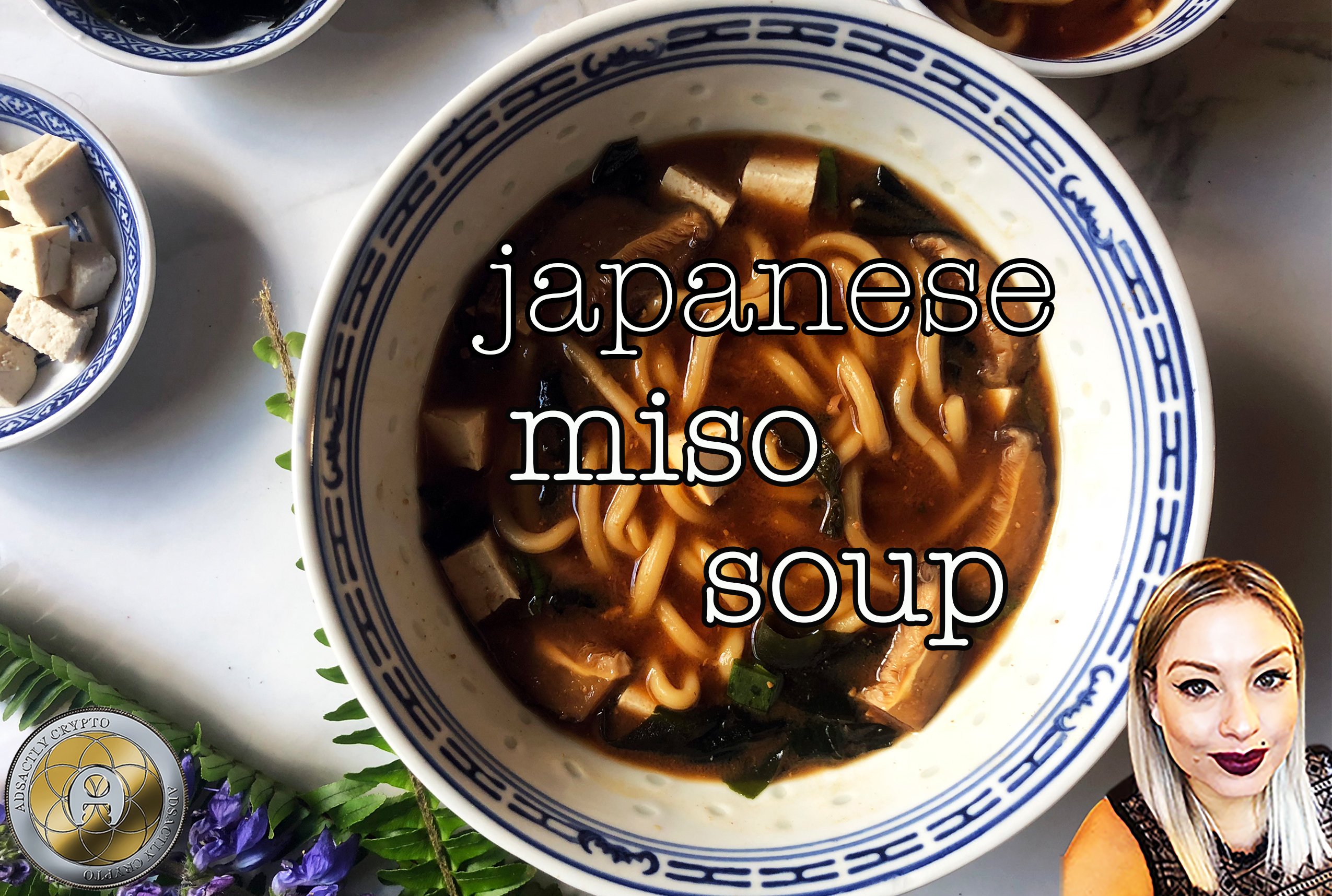
Today's recipe is one that I have been dreaming of conquering for months. Fellow foodies will recognise THE feeling. It grabs hold of your consciousness, captivates your mind. It completely consumes you, and you must know the history, the how, and the why. This is exactly what happened to me. Three rabbitholes and eighty Youtube videos later, I was feeling educated and confident. I was ready to make traditional Japanese Miso Soup.

Why Miso Soup, you may ask? Well, for the longest time, I have been completely and utterly obsessed with Asian food. I have learnt the more common place stir-frys, such as Oyster sauce based dishes and Sweet 'n' Sour Pork/Chicken, to the more complicated Japanese Tamagoyaki (a sweet egg roll) and I have even ventured into making my own hand - rolled sushi. I was ready for more traditional fare!

In today's article, I will guide you through the how-to of Miso Soup. I will also give you a few tips, as this is not an ordinary recipe.
Armed with my surprisingly short list of ingredients, I headed to a supermarket I knew carried Asian ingredients. Unfortunately, they did not have everything, and so I drove to an Asian supermarket nearby.
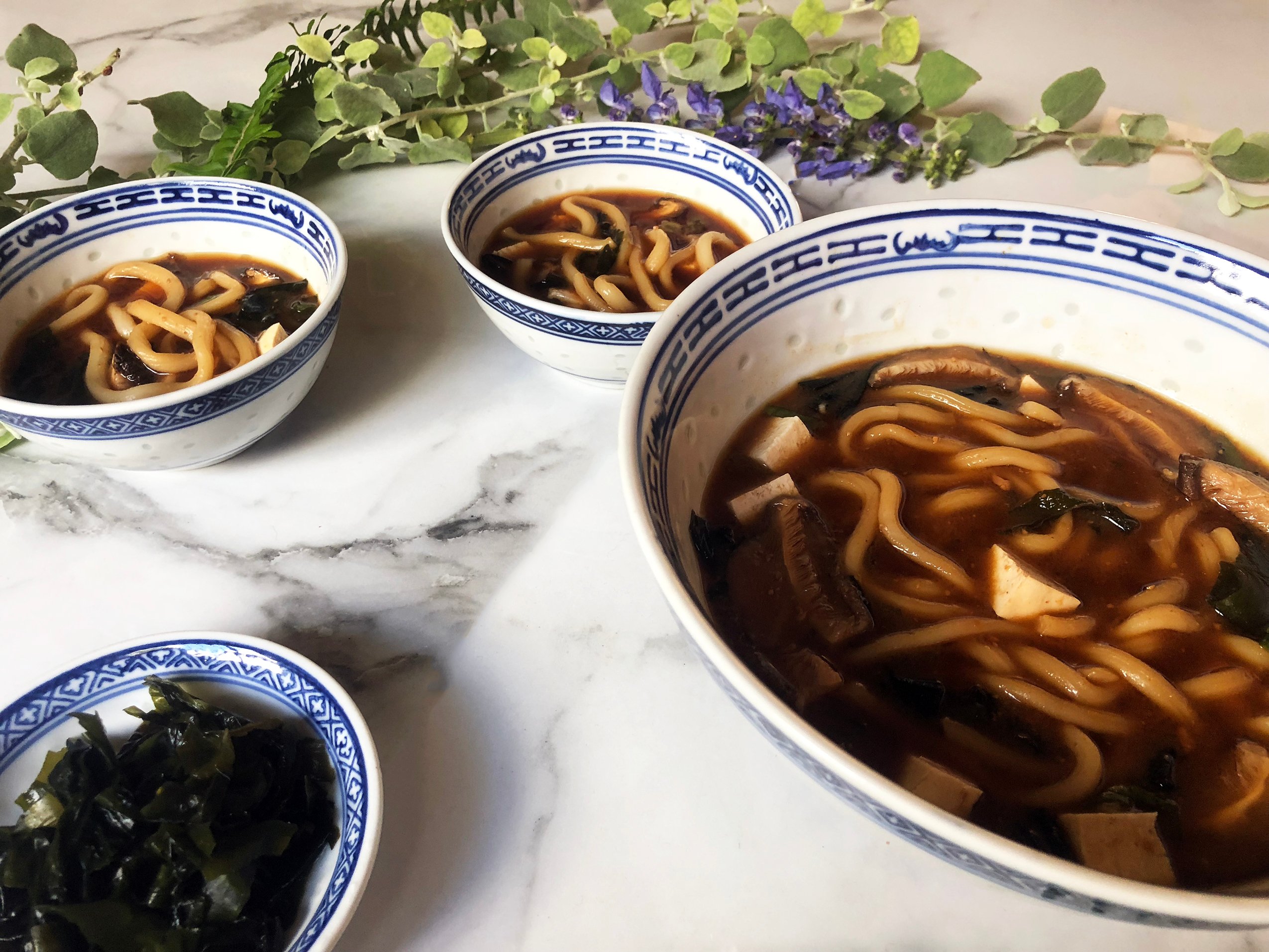
TIP ONE:
Find an Asian supermarket to purchase your ingredients. They will definitely have all the ingredients you need, and most probably be half the price of regular stores. The supermarket I went to was run by the sweetest Chinese couple, who advised me on ingredients and helped me out a lot.
Since the ingredients are not so common place, I have broken down the ingredient list and will explain every ingredient used, and why it is important. So let's get started on making Miso Soup!
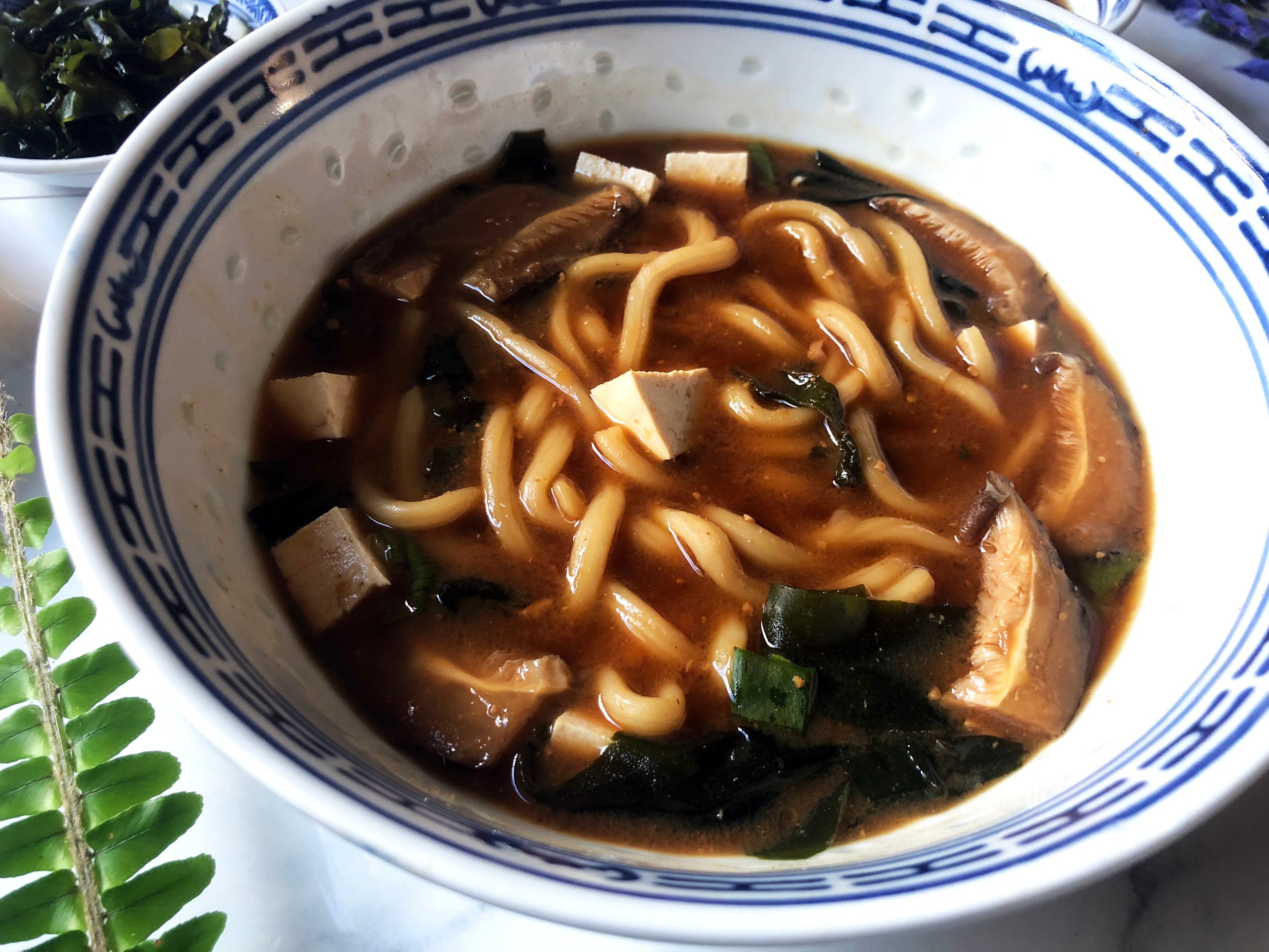
MISO SOUP:
Makes two main servings, or four starter portions
Prep Time: Ten minutes
Cooking Time: Five minutes
INGREDIENTS:
- 4 cups of water
- 4 tsp dashi granules
- 4 Tblsp red miso paste
- 2 Tblsp wakame
- 200gr tofu
- 2 spring onions, finely chopped
- handful dried shitake mushrooms
- 200g package udon noodles

Dashi Granules
Traditionally the broth for Miso soup is made with dried kombu (a type of seaweed) and bonito flakes (flaked, dried tuna), but I couldn't find kombu, so I used Dashi granules, which is basically fish stock. This is quite a commonly used substitute, as most people don't like to make their own stock - using dashi is much quicker and easier.
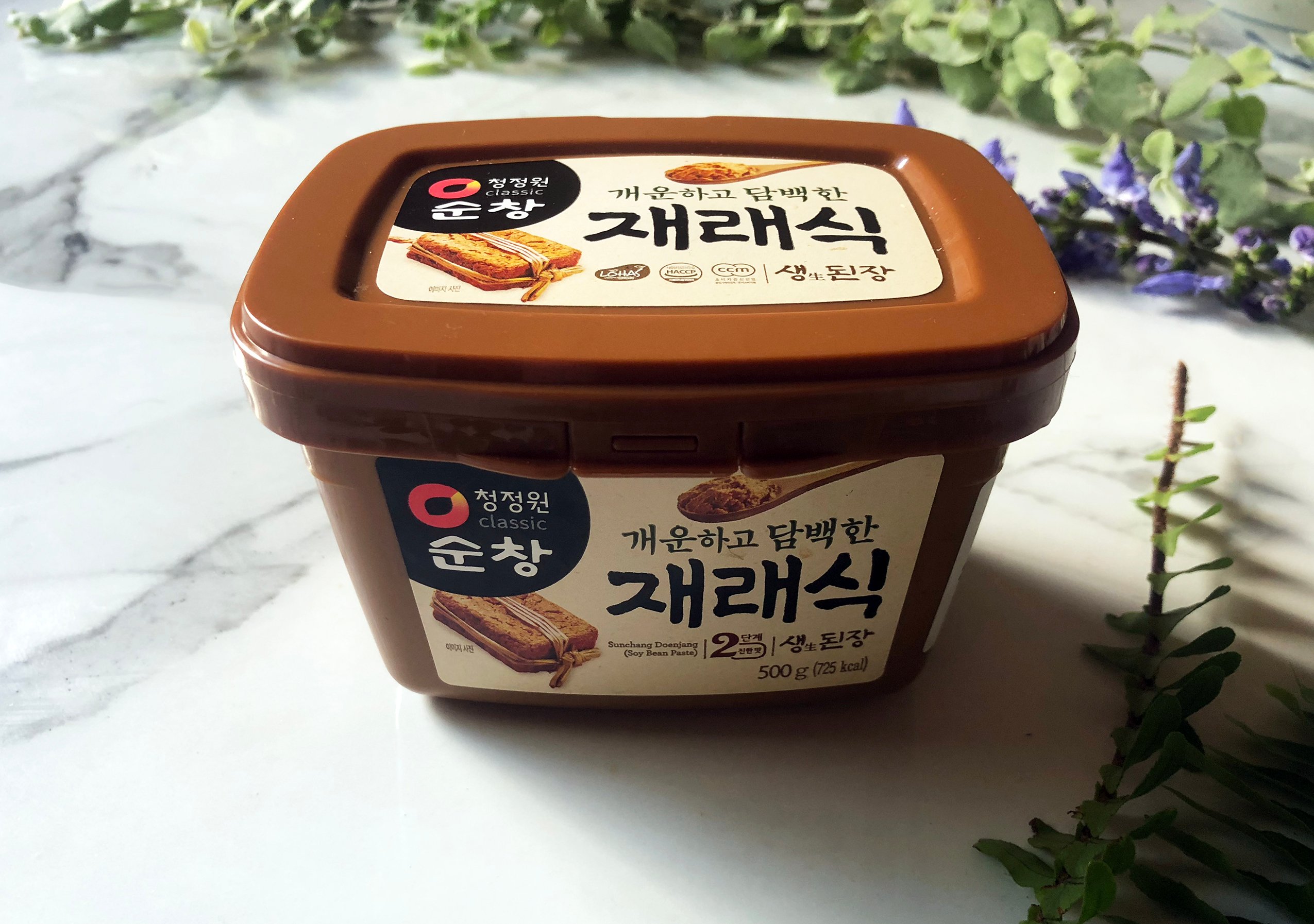
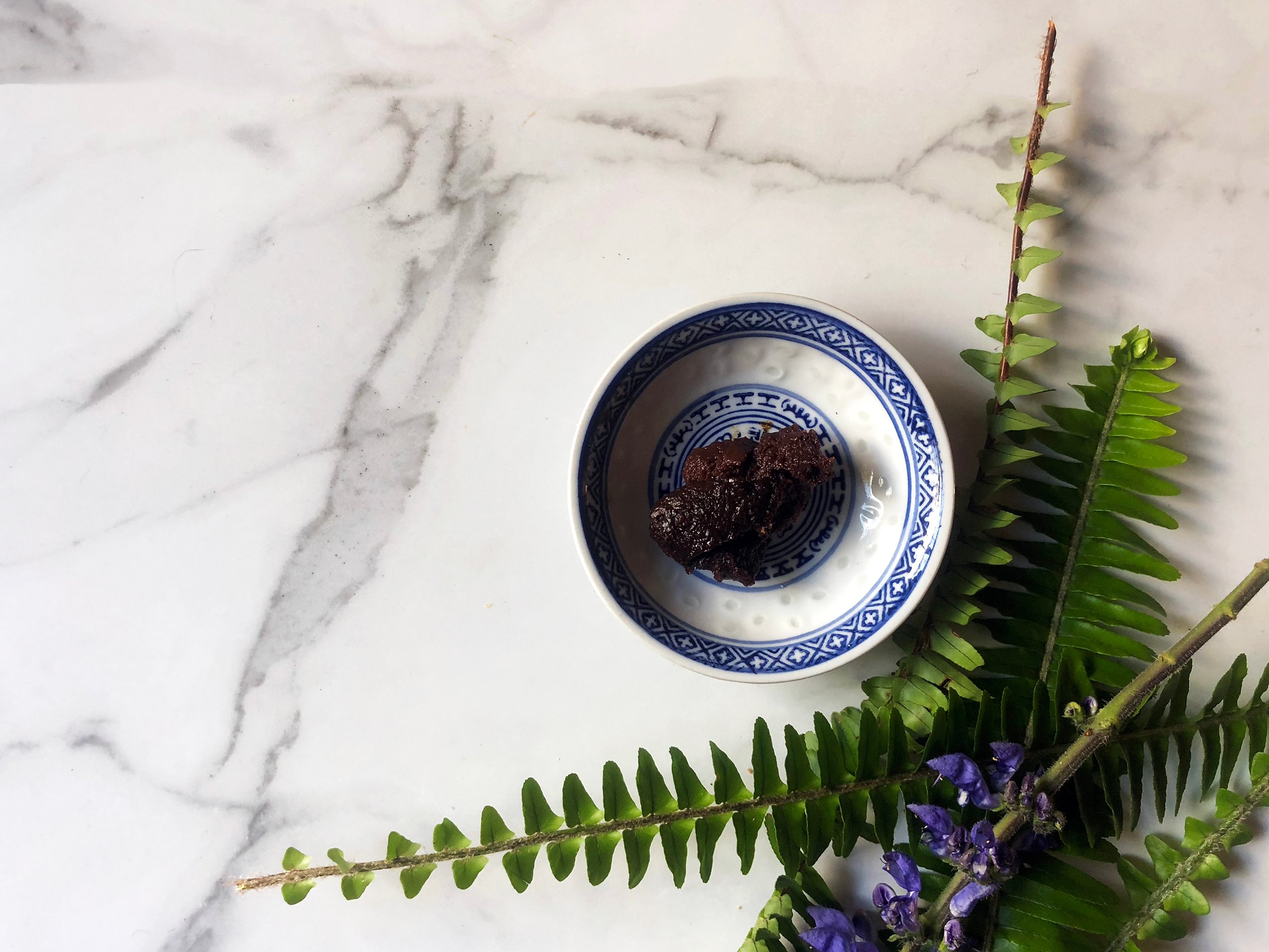
Miso Paste
Miso paste comes in two versions, red, or white. Basically, miso paste is a paste of fermented soy beans, and the darker it is, the longer it has been fermented. The darker paste tends to have a stronger flavour. While this may sound quite yuck, I can assure you that it adds an amazing salty, malted flavour.


Wakame
Wakame is my favourite ingredient in Miso soup, and I just love the texture. Wakame is dried seaweed, and once soaked in water, triples in size.
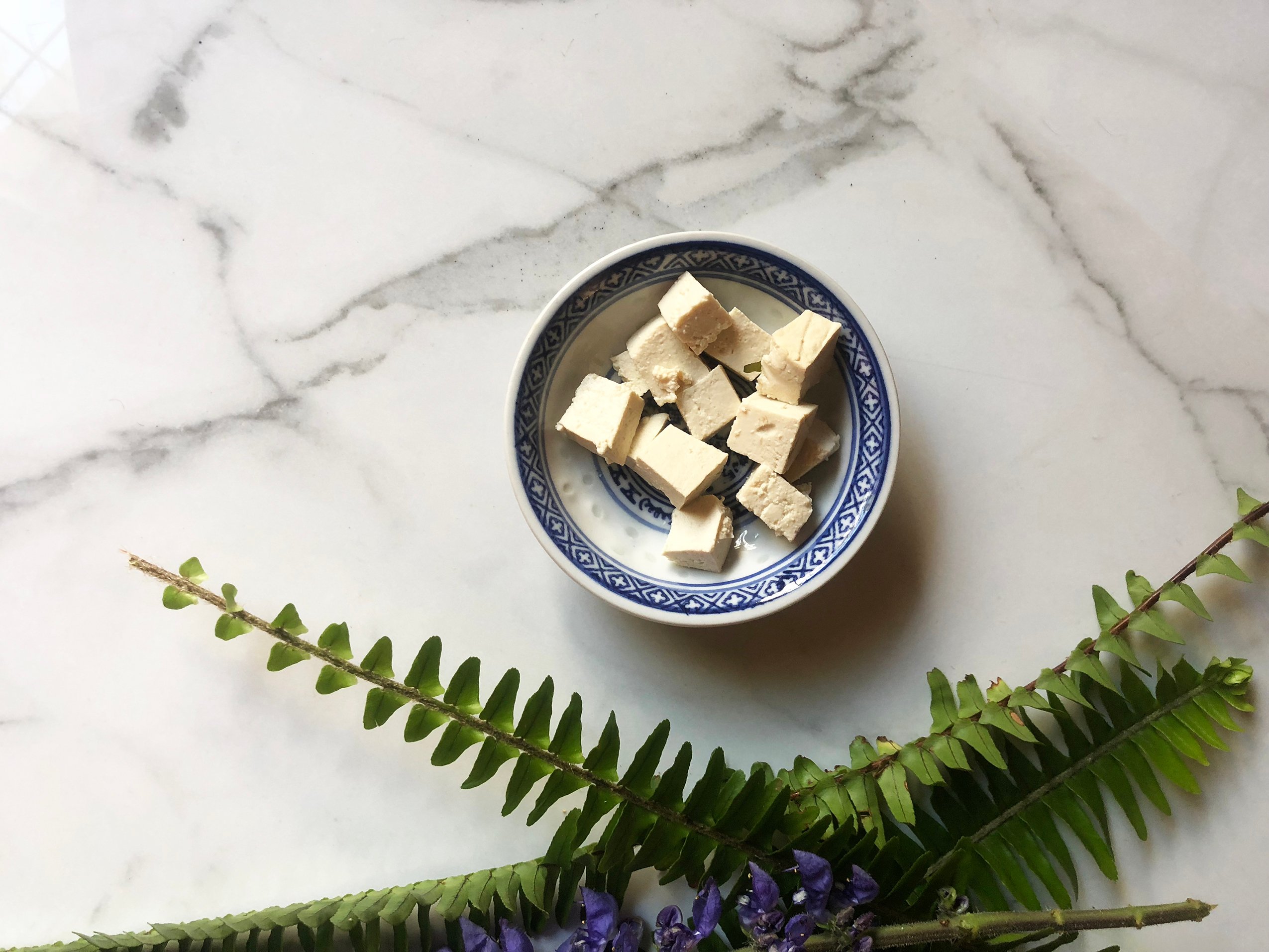
Tofu
Another fermented bean product, tofu is made from curdling soy milk. Tofu = bean curd. Again, while this may not sound very appetising, tofu adds a lovely soft texture to the soup, and is a great source of protein.

Shitake Mushrooms
While not uncommon in Asian recipes, shitake mushrooms are not an every day food. They are known for their healing properties, and have many vitamins loaded into their tiny bodies.
TIP TWO
I prefer to use dried shitake mushrooms, as I don't use them every day. That way there will be no waste, and I will have loads of mushrooms for future use.

METHOD:
Now that we have an understanding of each ingredient, let's get cooking! I bet you will be surprised as to how easy it is to make the soup. I love this warming, healthy soup, and have made it three times in the last two weeks.
Place the wakame and mushrooms into two small separate bowls, and cover with boiling water. Leave to soak. Chop the spring onions finely, and cube the tofu.
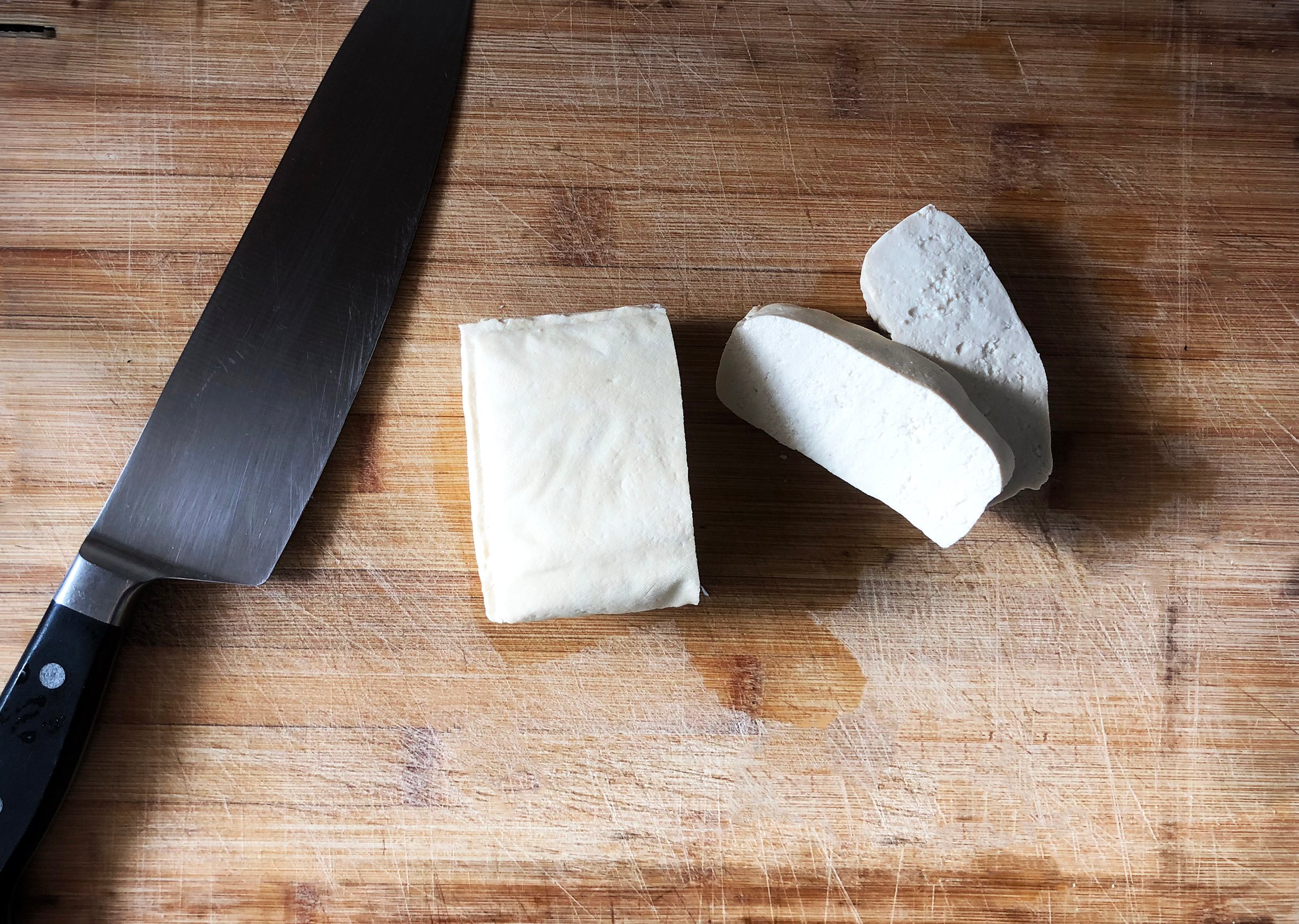
Bring the four cups of water to the boil, and then add the dashi powder. It's important that the water is completely boiled, as it won't dissolve properly if it's not. Add the miso paste, spoonful by spoonful, and stir it in until completely dissolved. Once all the paste is dissolved, leave to boil for a further minute. If using noodles, you can boil them in the broth for two minutes.
While the noodles are boiling, you can assemble your serving bowls, as per my instructions below.
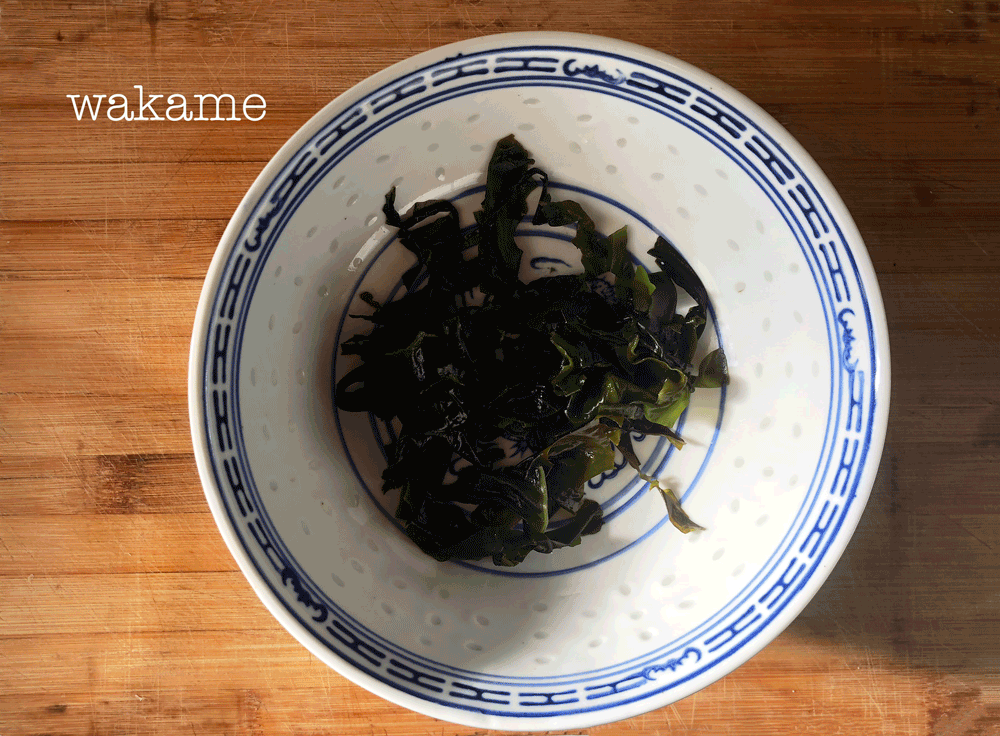
You are done! I love how easy and simple this recipe is, once you have the ingredients. I have also been reading all kinds of variations on the soup, from adding shredded pork belly, to shaved potatoes. The hardest past is sourcing the ingredients!
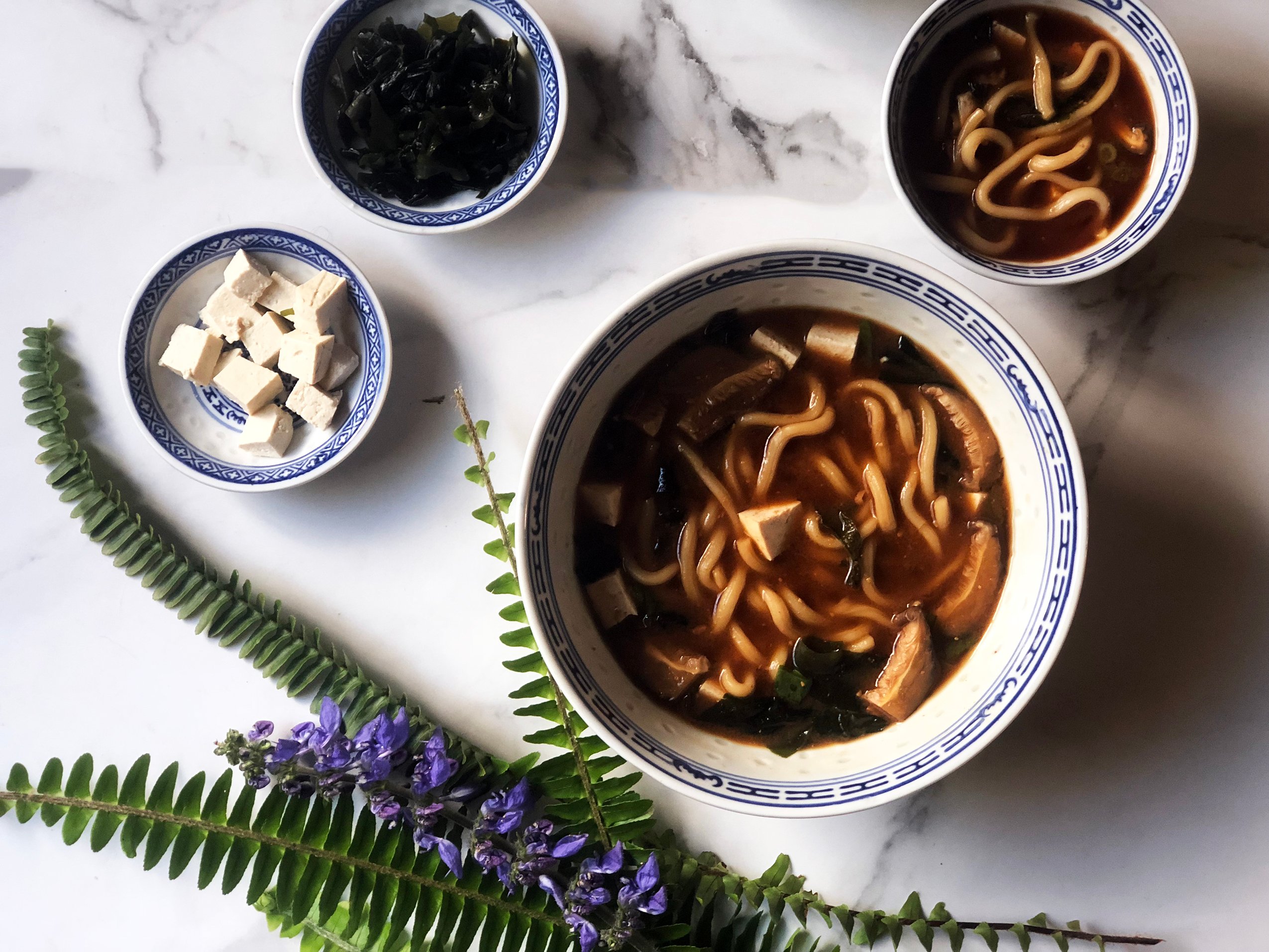
Make miso soup as a lovely warming winter dinner, or as a quick 'n' easy light lunch. I have eaten Miso soup every day this week for lunch, and think it makes for a really healthy, filling work lunch. It's winter here, so it's fantastic to have something warm to eat, while not having to worry about the extra calories a traditional soup may have.
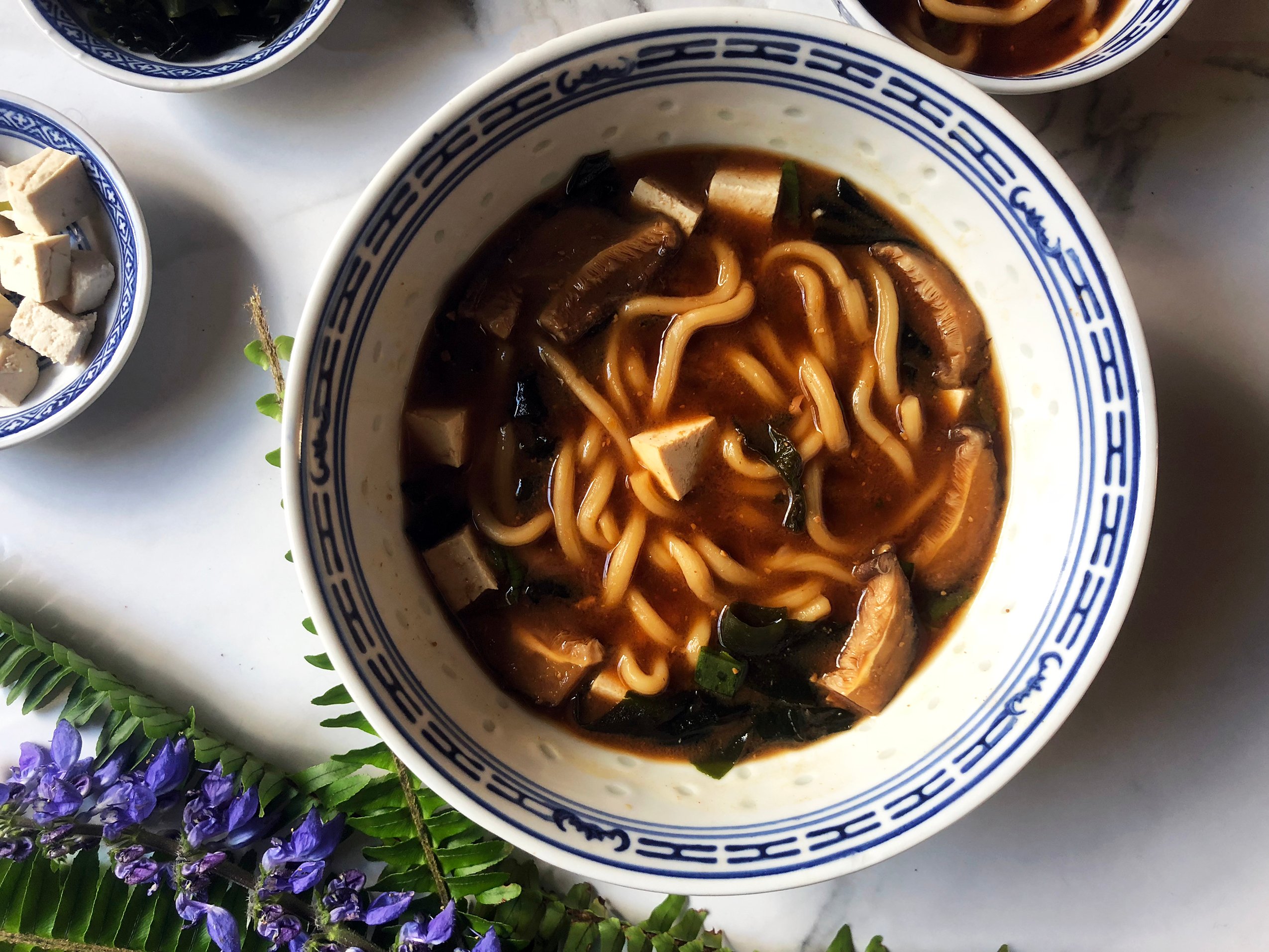
I hope you have enjoyed my recipe, and I would love to hear if you have made it, or if you have any variations. If you have a recipe suggestion, please let me know in the comments. Til next time, lots of love!

Please consider voting for @adsactly-witness as a witness. To read what we are all about - click here

CLICK HERE TO JOIN OUR DISCORD

